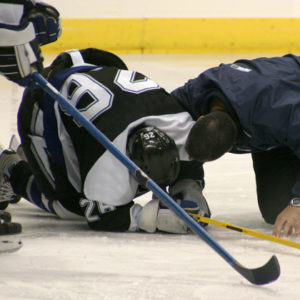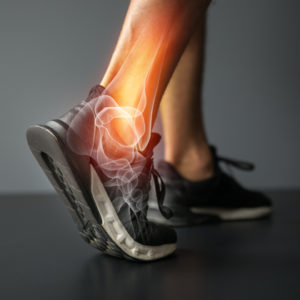
More than half of all Americans are suffering from pain. However, many don’t even know that physical therapists are well equipped to not only treat pain but also its source. The goal of physical therapy is to correct your imbalances in posture, restore your motion and muscle strength, and recondition injured tissues to allow you to be pain-free in your daily activities. Physical therapists are biomechanical specialists. They find the source of your pain and fix it.
If you have heard of the profession of physical therapy. Maybe you have had a conversation with a friend about how physical therapy helped get rid of their back pain, or you might know someone who needed physical therapy after an injury. You might even have been treated by a physical therapist yourself. But have you ever wondered about physical therapists-who they are and what they do? Many people are familiar with physical therapists’ work helping patients with orthopedic problems, such as low back pain or knee surgeries, to reduce pain and regain function. Others may be aware of the treatment that physical therapists provide to assist patients recovering from a stroke, e.g. assisting them with recovering use of their limbs and walking again.
Maintaining an upright posture and moving your arms and legs to perform all sorts of tasks and activities is an essential component of your health. Most of us can learn to live with the various medical conditions that we may develop, but only if we are able to continue at our jobs, take care of our families, and enjoy important occasions with family and friends. All of these activities require the ability to move without difficulty or pain.
Because physical therapists are experts in movement and function, they do not confine their talents to treating people who are ill. A large part of a physical therapist’s program is directed at preventing injury, loss of movement, and even surgery. Physical therapists work as consultants in industrial settings to improve the design of the workplace and reduce the risk of workers overusing certain muscles or developing low back pain. They also provide services to athletes at all levels to screen for potential problems and institute preventive exercise programs. With the boom in the golf and fitness industries, a number of physical therapists are engaged in consulting with recreational golfers and fitness clubs to develop workouts that are safe and effective, especially for people who already know that they have a problem with their joints or their backs.
The cornerstones of physical therapist treatment are therapeutic exercise and functional training. In addition to “hands-on” care, physical therapists also educate patients to take care of themselves and to perform certain exercises on their own. Depending on the particular needs of a patient, physical therapists may also “mobilize” a joint (that is, perform certain types of movements at the end of your range of motion) or massage a muscle to promote proper movement and function. Physical therapists also use methods such as ultrasound (which uses high-frequency waves to produce heat), hot packs, and ice. Although other kinds of practitioners will offer some of these treatments as “physical therapy,” it’s important for you to know that physical therapy can only be provided by qualified physical therapists or by physical therapist assistants, who must complete a 2-year education program and who work only under the direction and supervision of physical therapists.
Most forms of physical therapy treatment are covered by your insurance, but the coverage will vary with each plan. Most states do not legally require patients to see their physicians before seeing a physical therapist. Most of the time all you have to do is ask your doctor if physical therapy is right for you.

CLICK ABOVE to hear the differences between physical therapy and other types of treatment.
For more information on a specific diagnosis or pain visit the PTandMe Injury Center.












